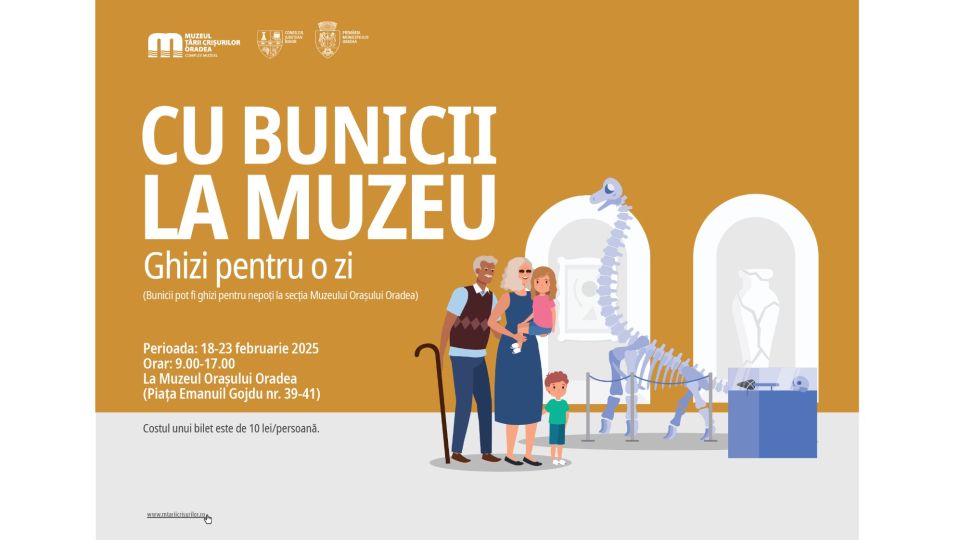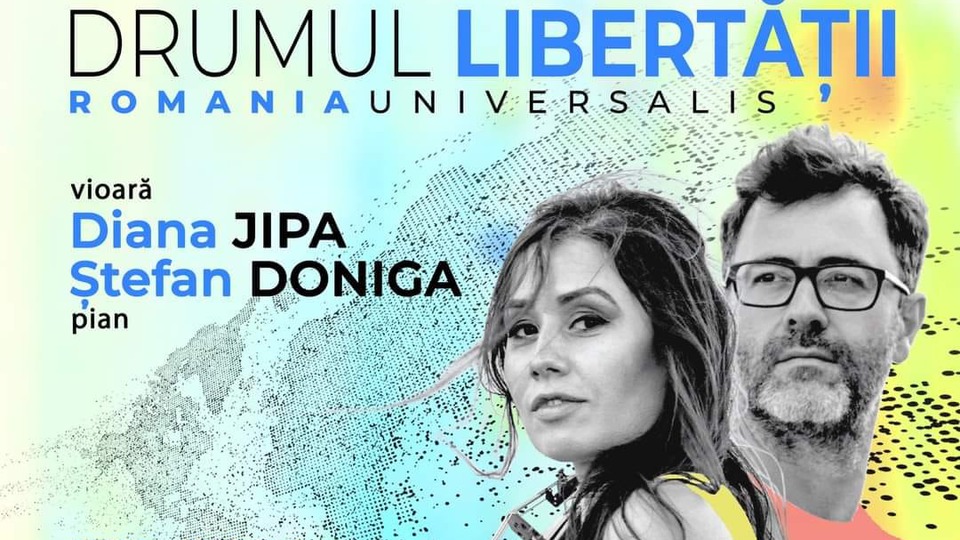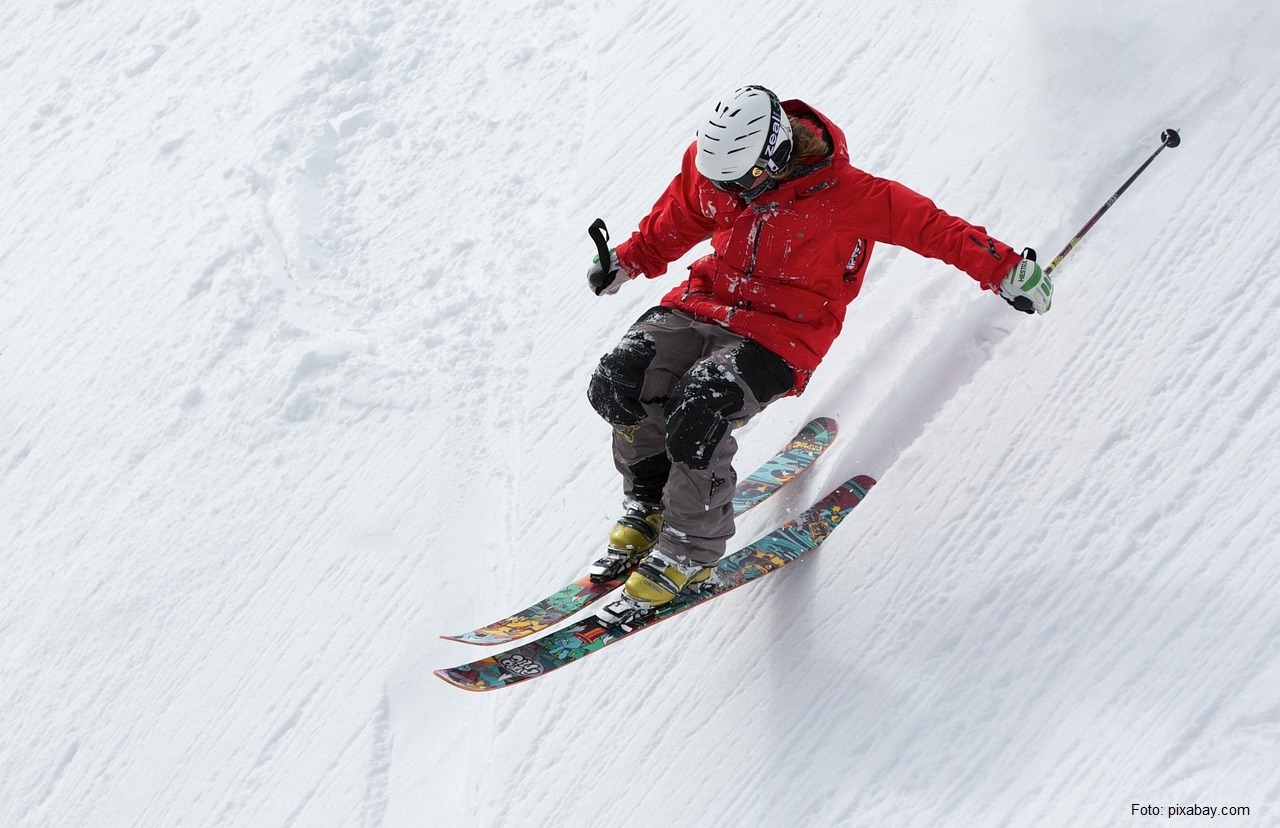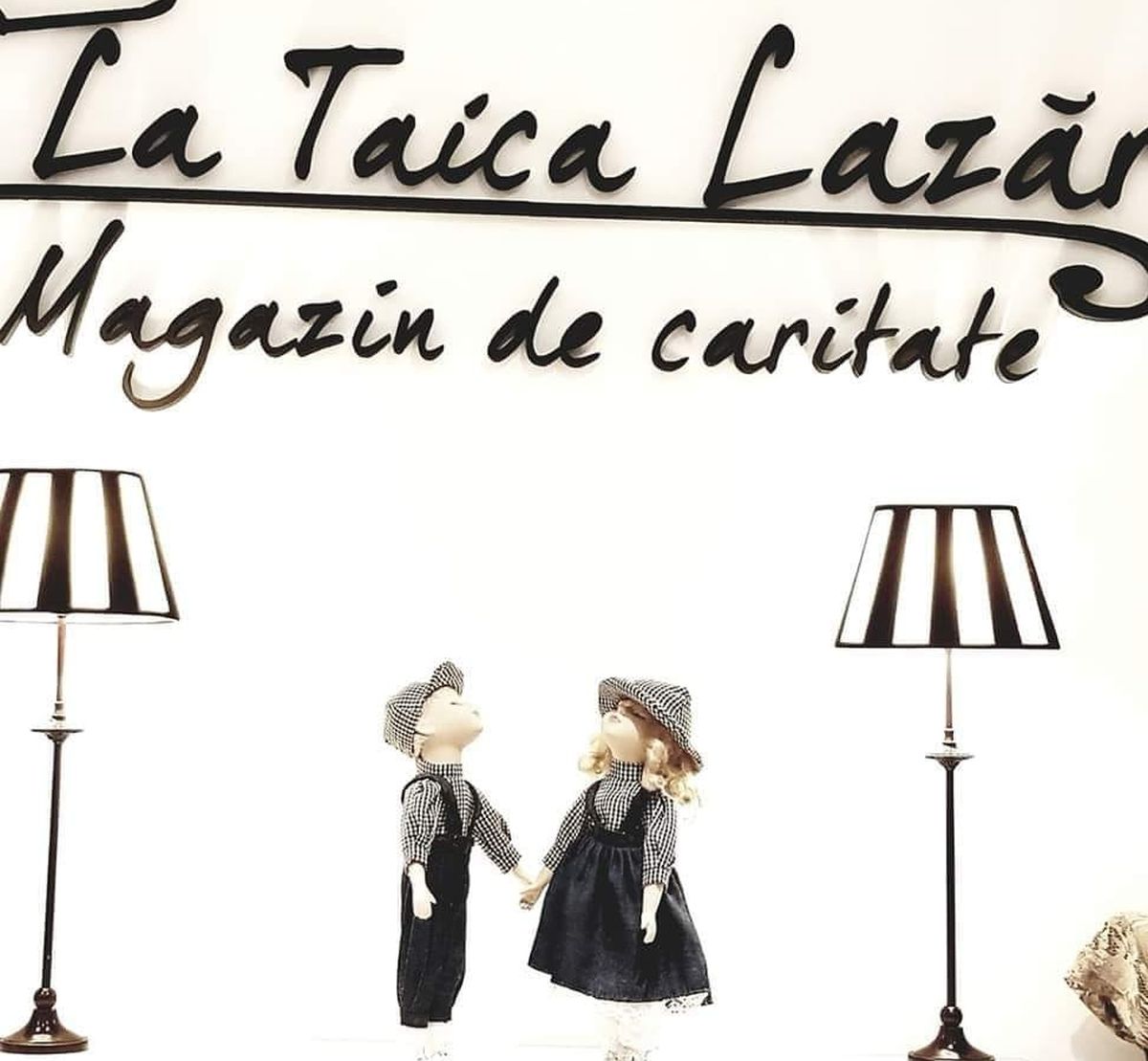Contemporary art at the time of the pandemic
Education through art
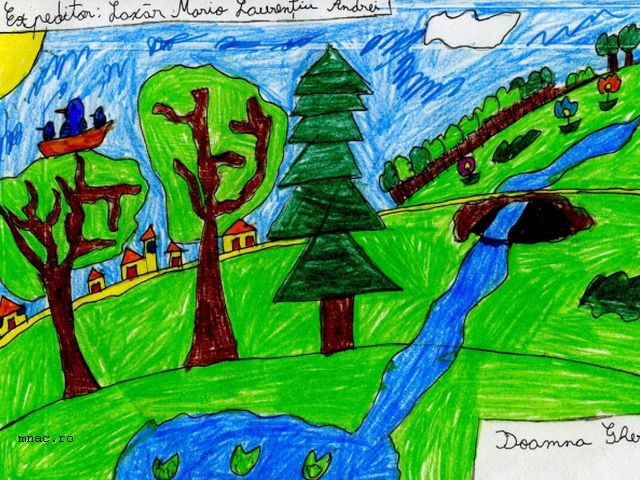
Ana-Maria Cononovici, 13.04.2021, 14:00
The National Museum of
Contemporary Art in Bucharest has never ceased to be close to people in many
ways, and we’ve grown accustomed to that. This time, one of the museum’s new
projects drew our attention. It is themed Art through correspondence.
The project seeks to create a genuine bond between seniors, children and
contemporary art. Initially, the project has been implemented through a string
of pilot activities that took off in January this year but which are
nonetheless part of a long-term undertaking. The eventual aim of the project is
bringing together, through correspondence, the children and the elderly, also
creating emotional ties between people of those age brackets as well as a bond
of a different order, between those people and contemporary art, at a time when
the feeling of loneliness takes its toll on people’s psyche, especially in the
isolated communities. Mălina Ionescu is the head of the National Museum of
Contemporary Art’s education section.
Malina Ionescu:
It is
a model of working together that in recent years has been used on a large
scale, abroad. And because we, at the museum, through our ‘Community Art’ program, have been trying to
relate to school communities in a broader sense and we have also been trying to
reach out to the school communities that do not have the possibility to come to
us, be they underprivileged communities or communities lying outside Bucharest,
and then we thought that, because we know the children with Teach for Romania or
the elderly people with the Seneca Anticafe, the museum would be a proper bond
when it comes to having the two relate to one another. We have been doing that
through correspondence, sadly, because this is the context that we’ve got and
because the direct contact with the museum, but also between the two groups of
beneficiaries, is, as we speak, impossible.
For a six-month timespan,
the project seeks to form senior-junior teams that on a monthly basis will
convey their thoughts through letters turned works of contemporary art.
Children have learned notions of contemporary art, based on which they created
thematic letters as part of a workshop Malina Ionescu gave on Zoom.
Malina Ionescu:
For the time being, I’ve only had one
workshop with the children, and I also
had one presentation of the whole project for the seniors. The suggestion has
been made, that of the correspondence, to the children as well as to the
seniors, it was presented to them as an opportunity to befriend correspondents
belonging to age brackets that could be very familiar to them, nephews, for the
elderly, and grandparents, for the children. They placed themselves in such positions,
of grandparents and nephews and of course, that of distance friends. The
project began with the children, we’ve had the initial workshop where we span
the yarn of what having a correspondence meant, in general, since the concept
is quite unfamiliar, given that, almost all correspondence and communication
are digital, we also spoke about how a letter can in fact become a work of art,
in its own right, but also through the process of posting it as the letters are
to be received by the senior. The project is still in its early days.
The project’s pilot stage brings
together 30 lonely grandparents in Giurgiu county, currently on a program
labelled Our grandparents, there are 30 schoolchildren aged 12 and 13, from the
Herasti and Izvoarele villages, Giurgiu county, who are registered with two
schools that have been included in the Teach for Romania project.
The parties involved have
got enthused in the beginning. However, nobody knows what turn the
correspondence project is going to take.
Malina Ionescu:
The
first suggestion was to view correspondence as a form of art, rather than view it
as a form of communication. Of course, the challenge we’ve had was twofold,
since for the children, communication itself was something unusual, under that
form, the written one, a physical one, that is, while for the elderly, it was
not, whereas the fact that we have come
up with an approach that was slightly off-the-beaten-track as regards what a
letter and an envelope meant and the idea of posting it, that was a primary contact
with what mail-art meant, the letter which itself can turn into a form of
artistic expression, when we relate to the graphic and the visual sign as if
they were an image and not just an ordinary form of the written text, capable of
conveying the content alone and when the text and the form to go with it become
just as important as the message itself, through drawings, through
interventions. What they in fact did was to view the page and the envelope as
pages on which they could draw and paint. We presented children with various
means of playing, with the envelope and with the letter, with the message, and
we made available for them all sorts of colors and pencils and ink, enabling
them to go beyond the letter where all that matters is what you convey through
words alone.
Malina Ionescu tells us what is expected from the next step to be taken
as part of the project.
We hope the
elderly will be quite responsive as well and, when it comes to the next
letters, they will answer too and will be encouraged to go beyond the
correspondence proper with a child and what they would like to convey to that
child and
use that medium as a form of
personal expression, since that’s what it’s all about after all. And what we
most want is that, in the next stage of the project, when it is possible, we should
bring the children and the elderly together at the museum, for a couple of
workshops and visiting sessions so that certain bonds may become stronger, between
them, but also between them and the museum.
Each of the coming months
will see a workshop for children being held on Zoom. Children will create all
sorts of materials and will write letters that will be sent to the seniors
together with the usual food parcel Seneca sends them every month. The exchange
of letters will be made possible through the Seneca volunteers and through
Teach for Romania.

